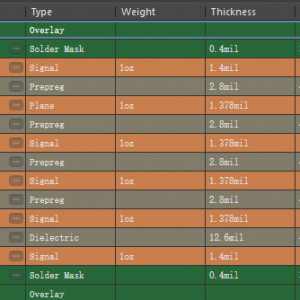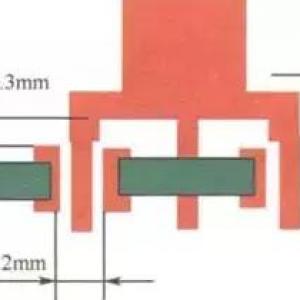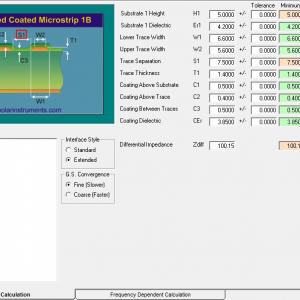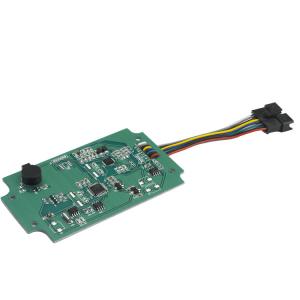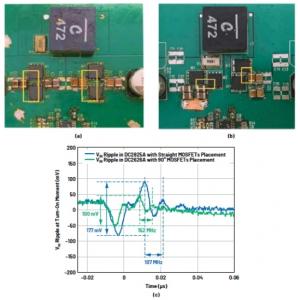Total Impedance Calculation
Total Impedance (TI) is the sum of the impedance of all components to the current in the entire circuit or system. It is an important parameter in AC circuits and is used to describe the degree to which the circuit impedes the alternating current. The total impedance consists of resistance, inductive reactance and capacitive reactance, where the resistance is determined by the characteristics of the conductor itself, the inductive reactance is produced by the inductive element, and the capacitive reactance is produced by the capacitive element.In AC circuits, impedance is often expressed in complex form, including real and imaginary parts. The real part represents the resistance, while the imaginary part represents the inductive and capacitive impedance to current. The unit of impedance is usually the ohm (Ω). The calculation of total impedance can vary for different circuits and component connections. For example, in a series circuit, the total impedance is equal to the sum of the component impedances, while in a parallel circuit, the reciprocal of the total impedance is equal to the sum of the reciprocals of the component impedances.
In addition to the type of components in the circuit and the way they are connected, frequency is also an important factor that affects the total impedance. In high-frequency circuits, the effects of inductive and capacitive impedances become more pronounced, so special consideration needs to be given to their effect on the total impedance. Understanding the concept of total impedance and how it is calculated is important for circuit analysis and design, as it helps us to predict the performance and response of circuits and optimise their design.
The method of calculating total impedance depends on the type of components in the circuit and how they are connected. Below are a few common methods of calculating total impedance:
Total impedance for series circuits: for series circuits, the total impedance is equal to the sum of the impedances of the individual components. For example, the total impedance of a resistor, inductor, and capacitor in series can be calculated by the following equation:
Z = R + j(ωL - 1/ωC)
where Z is the total impedance, R is the resistance, j is the imaginary unit, ω is the angular frequency, L is the inductance value, and C is the capacitance value. This formula takes into account the impedance of resistance, inductance and capacitance.
Total impedance for parallel circuits: for parallel circuits, the reciprocal of the total impedance is equal to the sum of the reciprocals of the impedances of the individual components. For example, the total impedance of a resistor, inductor, and capacitor in parallel can be calculated by the following formula:
1/Z = 1/R + 1/jωL + 1/(-j/ωC)
Where Z is the total impedance, R is the resistance, j is the imaginary unit, ω is the angular frequency, L is the inductance value, and C is the capacitance value. This formula also considers the impedance of resistance, inductance and capacitance.
Total impedance for complex circuits: for more complex circuits, it may be necessary to use an impedance matrix or other method to calculate the total impedance. This usually involves knowledge of linear algebra and circuit analysis.
Note that the impedances in the above formulas are all in complex form, this is because in AC circuits, the impedance includes not only the resistive part, but also the imaginary parts of the inductance and capacitance. Therefore, both the real and imaginary parts need to be considered when calculating the total impedance. Attention also needs to be paid to whether the components in the circuit are linear or not, as the impedance of non-linear components may vary with voltage or current, which may lead to more complex calculations and analyses.
The significance of the total impedance calculation is that it is an important parameter of the current in the circuit and helps to determine the magnitude of the current and potential voltage losses in the circuit. In addition, total impedance calculations are significant in the following ways:
1. Predicting circuit performance: By calculating the total impedance, it is possible to predict the performance of a circuit under different conditions, such as the distribution and variation of voltage, current and power. This is important for circuit design and optimisation and helps to ensure the stability and reliability of the circuit in practical applications.
2. Optimise circuit design: The results of total impedance calculations can provide an important reference for circuit design, helping designers to choose the right types of components and parameters according to actual needs, as well as optimising the layout and connection of circuits, thus improving circuit performance and efficiency.
3. Evaluating circuit safety: By calculating the total impedance, it is possible to evaluate the safety of the circuit under different operating conditions, such as overheating and overloading. This helps to ensure that the circuit will not be damaged or cause safety accidents due to problems such as overloading or short-circuiting in real-world applications.
4. Guidance for circuit maintenance: The results of total impedance calculations can provide guidance for circuit maintenance, helping maintenance personnel to find and deal with faults or abnormalities in the circuit in a timely manner, ensuring normal operation and extending the service life of the circuit.

